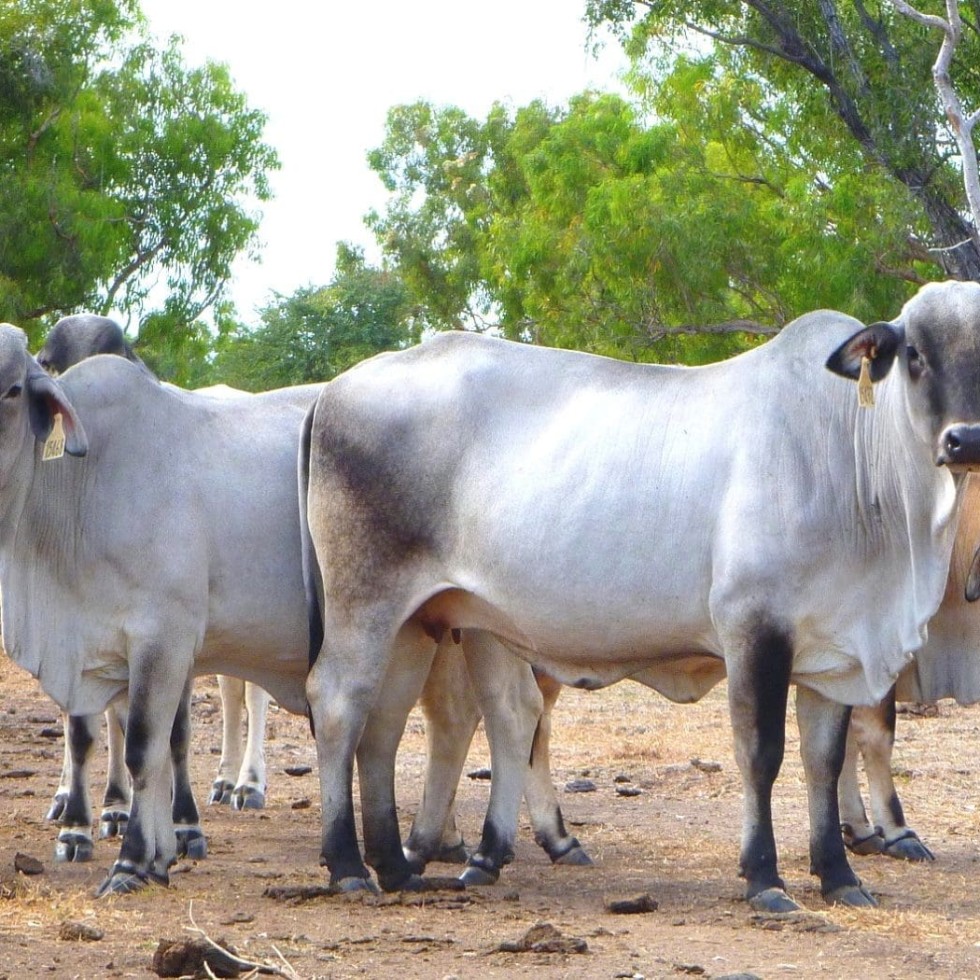 A small team of researchers in the Northern Territory working since 1994 with breeder cattle has greatly reinforced the message that fertility rates in Brahman cattle can be substantially improved through selection.
A small team of researchers in the Northern Territory working since 1994 with breeder cattle has greatly reinforced the message that fertility rates in Brahman cattle can be substantially improved through selection.
Veterinarian and researcher Gehan Jayawardhana began 17 years ago selecting for fertility traits in a mob of 90–150 breeder cattle from the NT Government’s Brahman stud (DDRS) at Douglas Daly Research Farm.
That work continues, now under the watchful eye of principal research officer Tim Schatz and research officer Renee Rippon.
“We have proven, beyond many people’s expectations, that selection can strongly influence fertility rates within a pure Brahman herd,” Mr Schatz said.
Selection pressure is put on both bulls and cows in the herd and has more than doubled yearling heifer conception rates compared to heifers from four commercial herds, each in four different seasons.
Cattle producers in the NT and other extensive dry tropics regions of northern Australia have long accepted the lower fertility rates in Brahman cattle compared to Bos Taurus breeds, typically run in more fertile and higher rainfall areas.
“However, we are seeing much higher fertility in this herd as a result of our selection work and the industry is starting to show a strong interest in using our genetics,” Mr Schatz said.
Throughout the project the selection criteria have remained the same:
- Cows are culled from the herd if they don’t raise a calf to weaning each year. Raising a calf to weaning age each year proves maternal traits of calving ease, mothering ability and milk production while maintaining good body condition ready for re-conception each year.
- Young bulls are selected at 12 months of age based on scrotal size, 400-day weight, percent normal sperm, low age dam at calving and the dam’s ‘never miss a calf’ score. These bulls are retained in the herd for natural mating services.
- New genetics are carefully selected from herds that cull empty cows each year. Semen is used from bulls with low ‘days to calving’ and high scrotal size EBVs to AI two-year-old heifers in the DDRS herd.
Yearling mating is used to identify highly fertile females. Brahmans are notorious for taking longer to reach puberty than Bos taurus breeds. This selection technique favours individual females with smaller mature size that reach puberty earlier than the breed average.
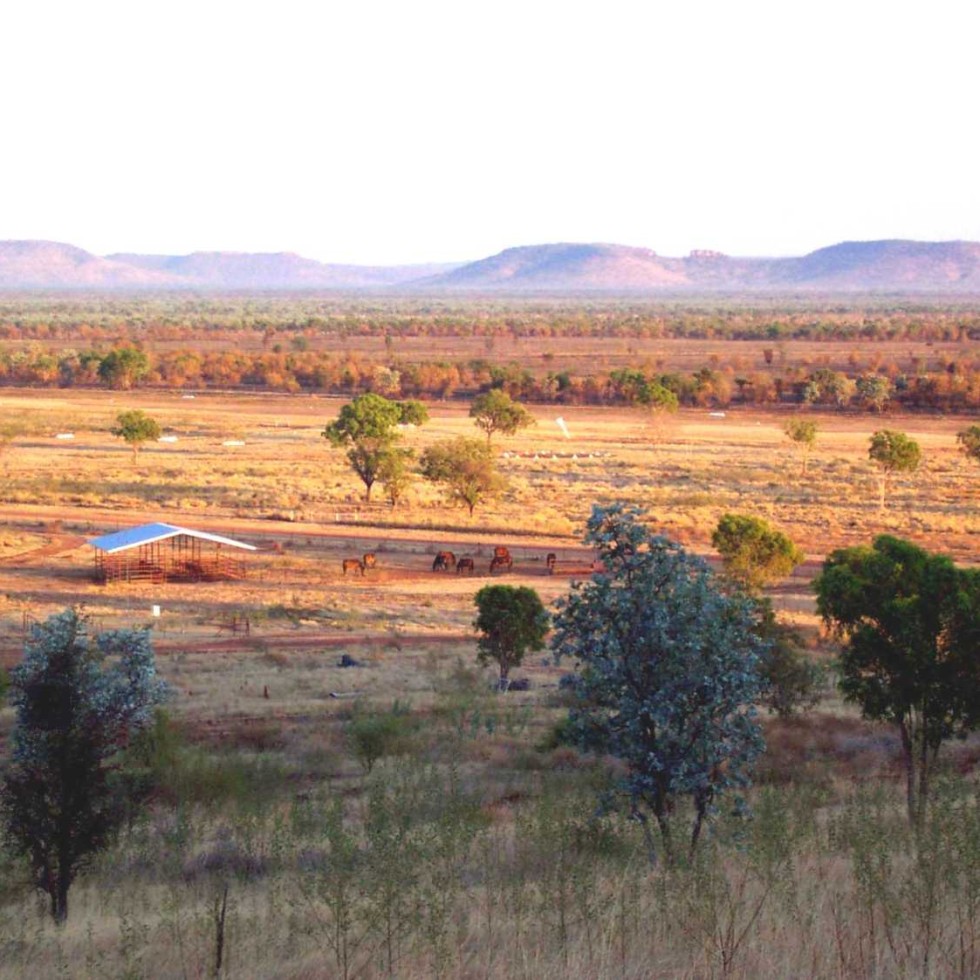 The DDRS herd is now based at the Department’s Victoria River Research Station, 220km south-west of Katherine. However, the weaner heifers are taken to the Douglas Daly Research Farm to grow-out until they are mated at 12 months of age.
The DDRS herd is now based at the Department’s Victoria River Research Station, 220km south-west of Katherine. However, the weaner heifers are taken to the Douglas Daly Research Farm to grow-out until they are mated at 12 months of age.
“Having the Douglas Daly property, situated 220km south of Darwin, gives the heifers the best chance possible to reach target mating weight by 12 months of age,” Mr Schatz said.
Douglas Daly is in the monsoonal zone, receiving 1200mm mostly over the summer months.
The fertile soils and high rainfall support improved buffel grass pastures for the heifers to graze. Growth rates are much higher than can be achieved at the Victoria River research facility.
For four years heifers from the DDRS herd have been compared with yearling heifers purchased from a different, high-quality commercial herd each year. Each year the two groups of heifers have been taken to DDRF as weaners, grazed separately but with the same level of nutrition, and mated as yearlings.
Recent Beef CRC research has found that the average age at puberty of Brahman heifers is 750 days, which is why most northern graziers do not put bulls over heifers until two years of age.
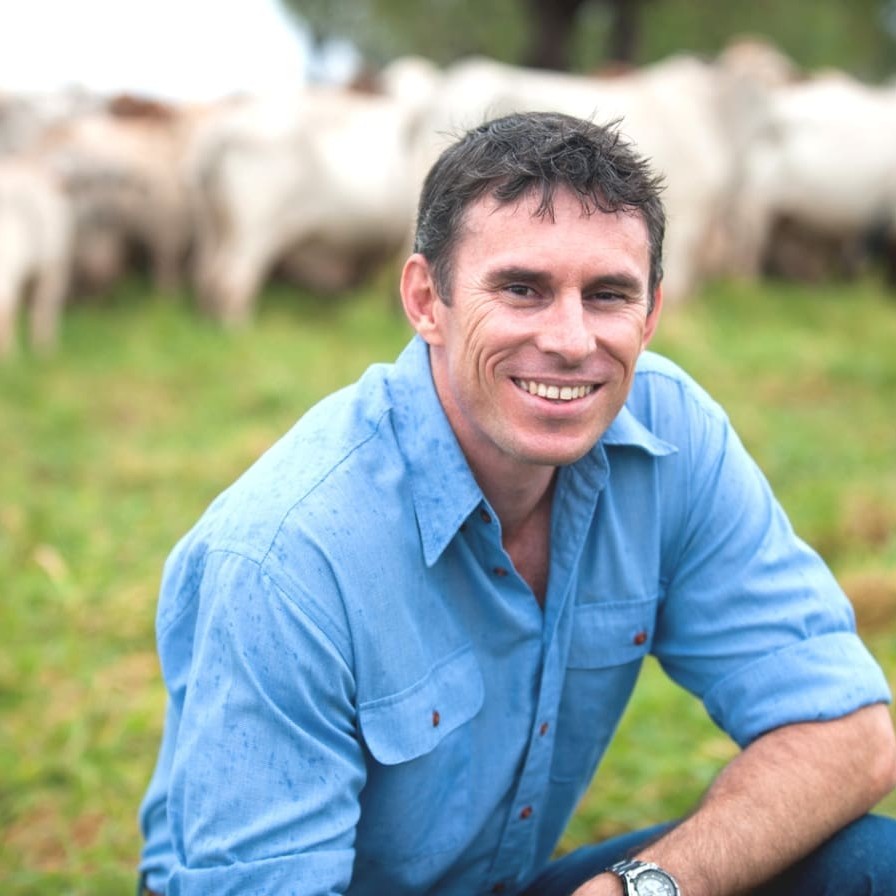 Heifers in the DDRS herd are expected to conceive by 450 days-of-age. The DDRS heifers have consistently achieved an average pregnancy rate of 65pc compared to a 30pc pregnancy rate in the commercial heifer groups.
Heifers in the DDRS herd are expected to conceive by 450 days-of-age. The DDRS heifers have consistently achieved an average pregnancy rate of 65pc compared to a 30pc pregnancy rate in the commercial heifer groups.
“Commercial producers may find it difficult to do the level of herd recording we do to track the fertility of their heifers and cows,” Mr Schatz said, “but they can easily use fertility EBVs to help choose the bulls they use, and this alone could make a big difference to herd fertility rates across the northern cattle industry.”
Mr Schatz has observed the trend of many producers to select bulls based more on their growth traits than their fertility traits.
“Selecting for fertility in our herd has favoured animals with smaller mature size,” he said. “This means it is easier for our cows to stay in good condition and have a good chance of getting back in calf every year, even under the hot, harsh conditions on the native pastures at Victoria River.”
Obviously the research team have also kept track of the DDRS herd’s growth traits and Mr Schatz said that their steers have continued to compete well in feedlot trials with commercial steers.
The herd management applied is otherwise much the same as the industry norm, he said.
“We don’t muster the cattle any more than commercial operations but we probably do collect more information from our cattle while they are in the yards than many commercial operators would do. We also collect calving dates to comply with BreedPlan requirements.”
Using NLIS tags, electronic readers and scales the team collects data on weight, body condition, and pregnancy and lactation status of each cow.
The NT Government’s commercial herd of 600 breeders also runs on Victoria River Research Station. This herd provides a perfect ‘control’ line for the selection project since the DDRS herd was relocated to Victoria River in 2002.
Re-conception rates in lactating cows at the first weaning round muster in May have been, on average, 31pc higher in the DDRS herd compared to the commercial herd.
Mr Schatz said this showed the selection program was having a real impact on fertility in the herd.
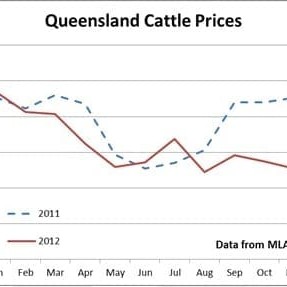
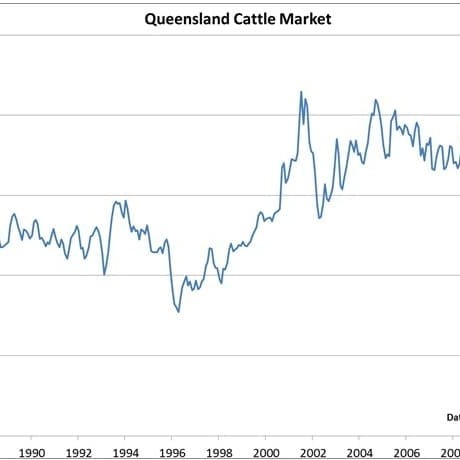 Figure 1, left, shows that prior to the selection project the DDRS herd was already below the industry average for days-to-calving EBV, but when selection pressure was applied the response was immediate and dramatic, reducing this EBV by a further 4 units.
Figure 1, left, shows that prior to the selection project the DDRS herd was already below the industry average for days-to-calving EBV, but when selection pressure was applied the response was immediate and dramatic, reducing this EBV by a further 4 units.
Similarly, the effect on scrotal size EBV (figure 2) was also immediate when selection pressure was applied to the DDRS herd. Prior to the project’s start, the herd’s scrotal size EBV was similar to the Brahman breed average but has rapidly increased, raising this EBV by almost 2 units.
Mr Schatz and his team was currently building up the herd size using embryo transfer into cows in their commercial herd. The aim is to build the herd from about 150 breeders plus replacement heifers to around 300 breeders as quickly as possible.
The best bulls from the DDRS herd are kept in the herd and the rest are offered by tender to commercial producers.
Increased interest in the DDRS genetic line had seen several enquiries about buying semen from the top bulls and also one of the larger pastoral companies undertaking ET to access the genetics and improve the fertility in their herd.
“Our work has demonstrated the value of selecting for fertility and the value of using the days to calving and scrotal size EBVs when selecting bulls,” Mr Schatz said.
“Brahmans are always going to have a place in the north because they can handle the stressful environment but improving fertility rates have been long known as the key to improving profitability in northern grazing operations.”
- This article will appear in the Beef CRC’s Beef Bulletin magazine, March 2012 edition (currently in production).
